MOVING BEYOND INSURANCE: UNLOCKING VALUE-ADDED SERVICES
Insurance is evolving at speed. What was once a product, purchased dutifully – or perhaps begrudgingly – to provide restoration in the event of loss, is increasingly becoming a whole bundle of risk management services, designed to prevent that loss from occurring in the first place. This evolution has been enabled by technology, both from the streams of data that flow from smart devices, connected cars, wearables and third party data sets, and from the powerful algorithms that enable insurers to predict with increasing accuracy all manner of risks and how best to intervene to manage those risks.
The size and scale of this shift cannot be understated – and neither can the opportunities:

Our CEO at AXA XL expects that, in ten years’ time, we’ll generate more income from risk prevention services than we will from premiums.
Jonathan Salter
HEAD OF RISK CONSULTING,AXA XL

Insurance as a risk prevention service adds real value to customers and helps insurers differentiate themselves in what Jonathan Salter, Head of Risk Consulting at AXA XL, called a ‘sea of sameness’.
When, for example, a client came to AXA XL asking how climate change would impact their physical assets now and in the future, the insurer was able to put its data and risk management expertise to work.
‘We uploaded all the client locations, created a geo-footprint and then put lots of models over the top,’ explained Salter. ‘This isn’t really something an insurer does but we worked with the client to explain all the measures and mitigations they could put in place.’
AXA XL, pursuant to their services-led goal, have recently launched their Digital Commercial Platform to deliver risk prevention assistance across their client base. Here’s Matthieu Caillat, their Group Chief Operating Officer, to explain more:
This sort of risk analysis and mitigation adds real value and is a natural extension of the insurance proposition. But this is not the only way insurers are evolving. Some are taking the service provider concept to move beyond insurance altogether.
Take Assurant, for example, which provides insurance for that critical device of our modern world, the mobile phone. The insurer has built out its own capabilities to repair, replace and refurbish mobile phones, and has invested not only in digital technology but also physical sites including a 30,000 sq feet facility in the north of England and a network of stores across the UK.
These are the building blocks that enable customers to make a claim, via phone or online in just three minutes, with an API triangulating the customer’s location from their postcode to let them know where they can go to get their phone fixed immediately. ‘A process that used to take three to five days is now down to minutes, adding real surprise, delight and value at point of claim,’ said Elliot Gradwell, Commercial Director at Assurant Europe.
Assurant didn’t stop there. A customer with a damaged phone may want to take this opportunity to replace or upgrade their device.
‘We have 21 hubs up and down the UK where we store the top ten claimed-for devices, and for a slightly higher excess, we guarantee we will deliver that phone within four hours but it’s usually within two and a half,’ Gradwell said, adding that from there it has been a natural next step embed the trade-in of old phones with the insurance service.


Value-add has really changed our core business, and really built out our value chain. By being in control of it end-to-end, we have better KPIs, quicker SLAs and less margin leakage
ELLIOT GRADWELL
COMMERCIAL DIRECTOR,ASSURANT EUROPE
Inevitably, there’s an impact on pricing but by leveraging existing technology and infrastructure can help to cross-subsidise the value-add elements, said Gradwell.
Jimmy Williams, Co-founder & CEO of Urban Jungle Insurance, discussed embedding insurance into the ecosystems of partner brands to tap new distribution channels and markets.
‘For partner brands, getting out of the standalone EBITDA world and getting into the life cycle world where insurance is really core to the proposition, then you get a much lower cost to serve,’ said Williams. ‘If you’re amortising the cost of the insurance business over the whole retail or telecoms estate then that’s quite a different proposition and changes the economics quite fundamentally.’
It’s a bold claim, but given the accelerating evolution of the insurance model, one that could well prove prescient. No doubt it will be much discussed at future Insurance Innovator Summits – book your place now.
Stay current with Insurance Innovators
Subscribe to our newsletter to receive news, insights and special offers.


